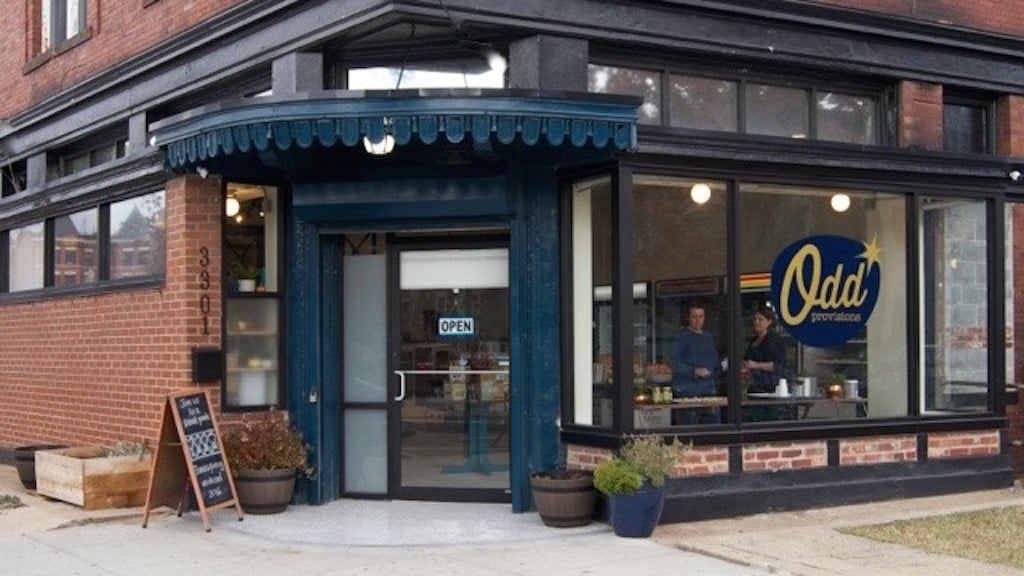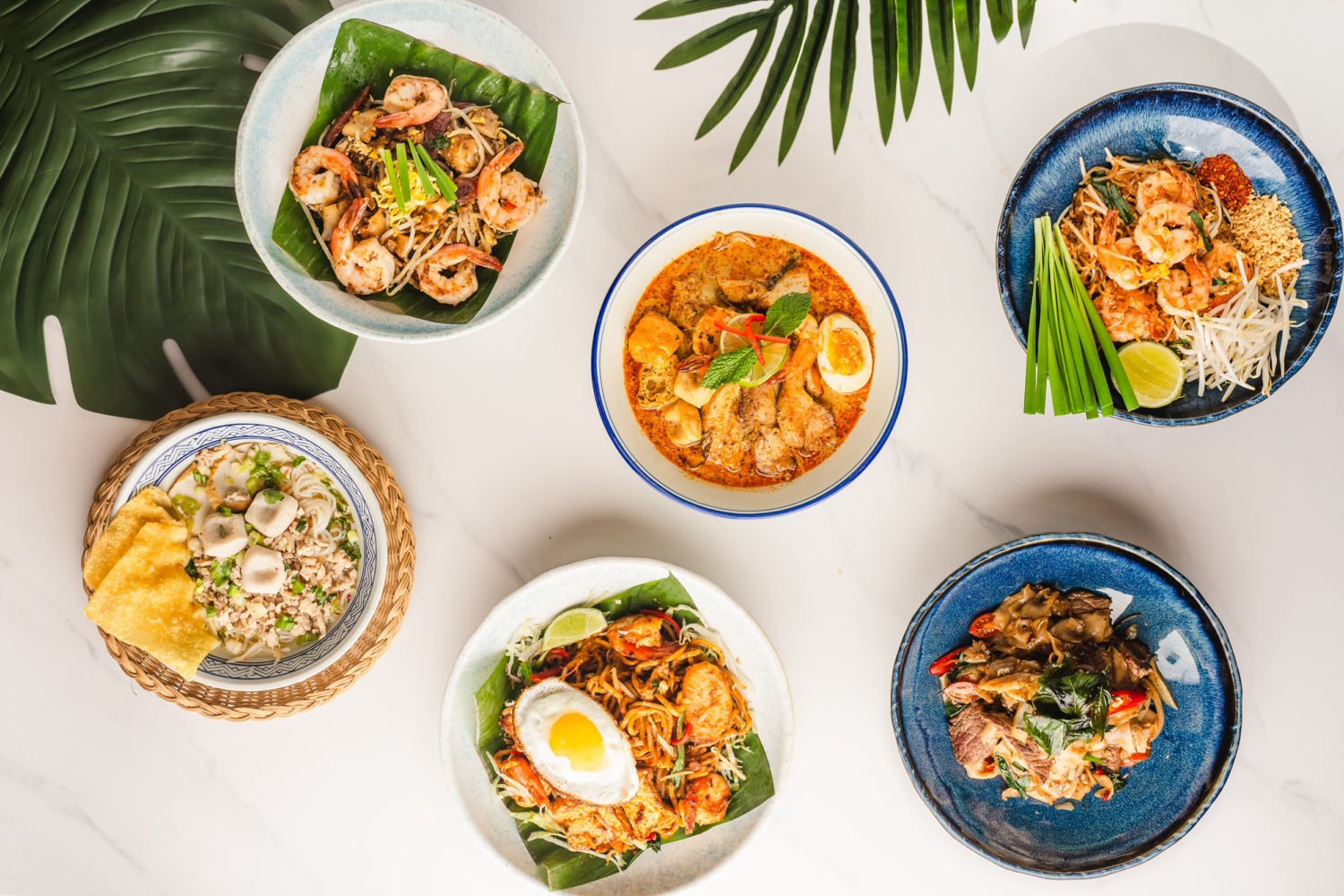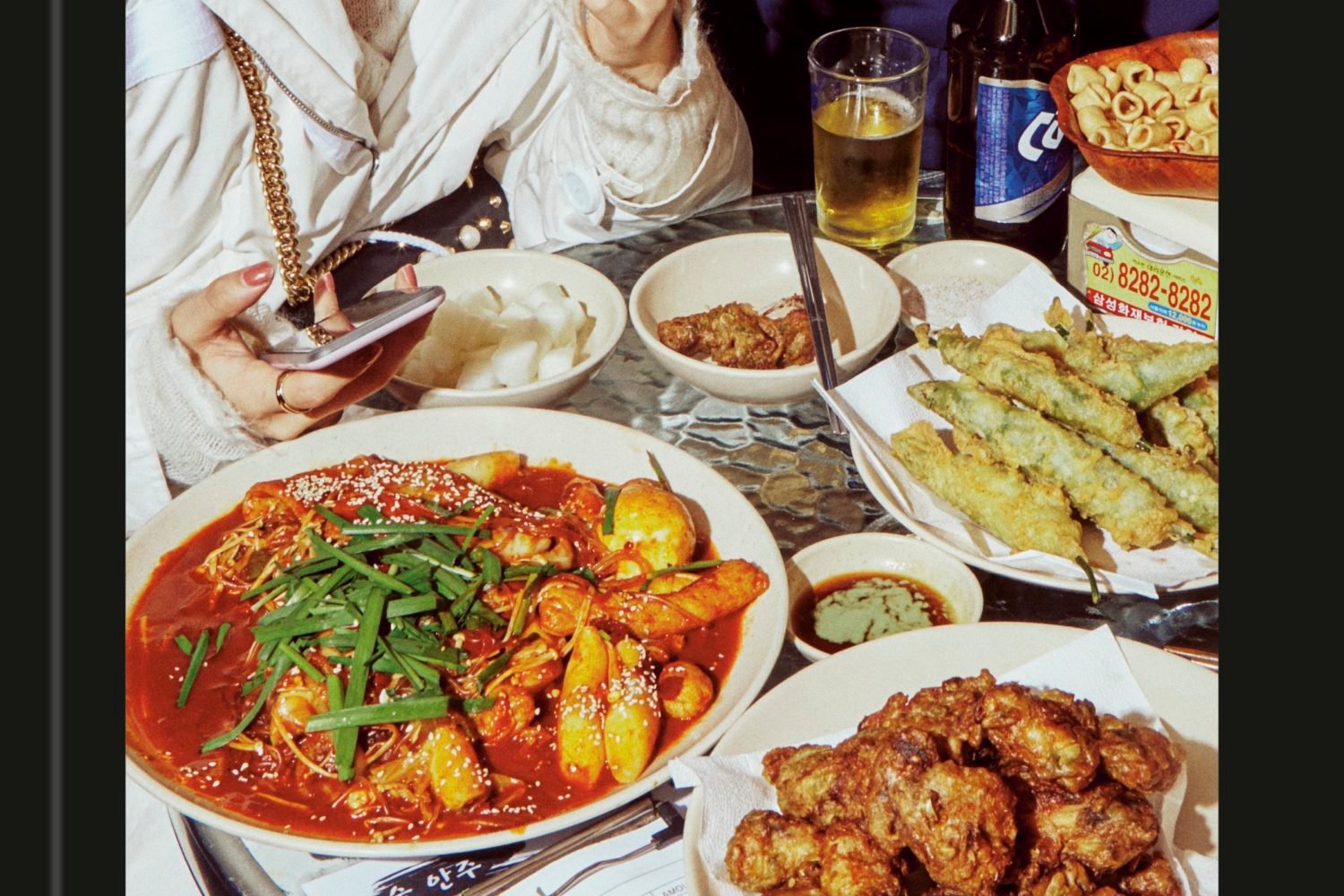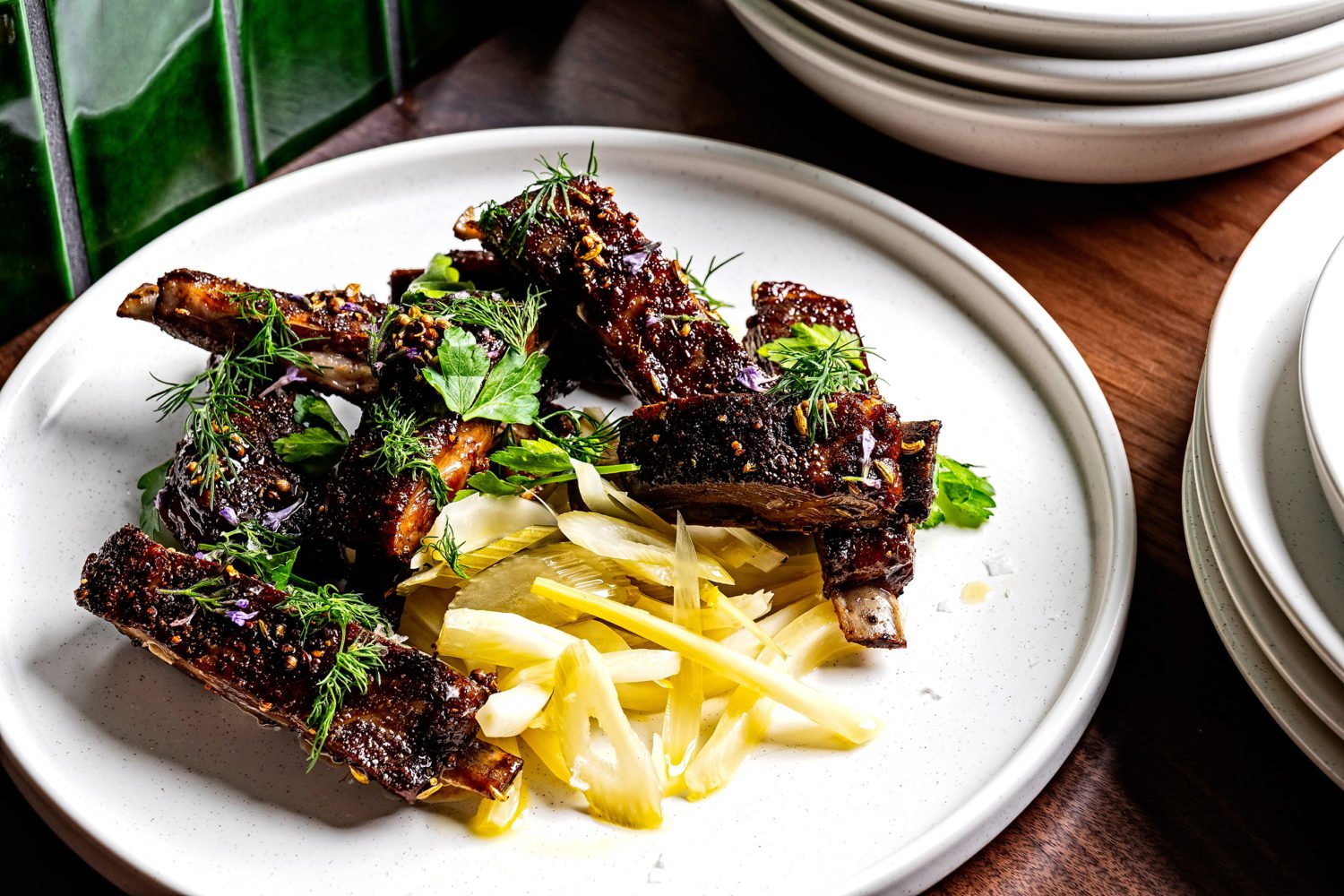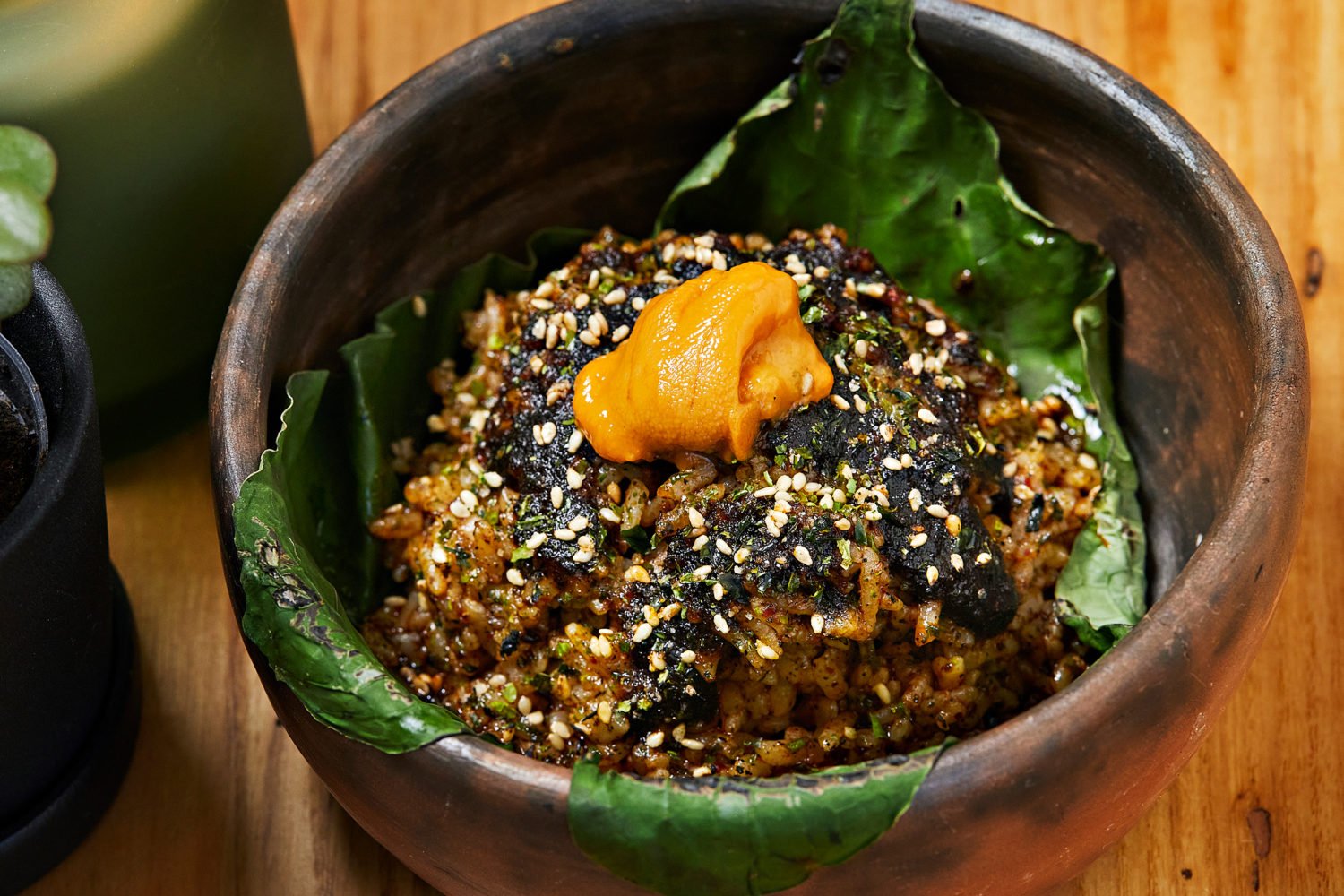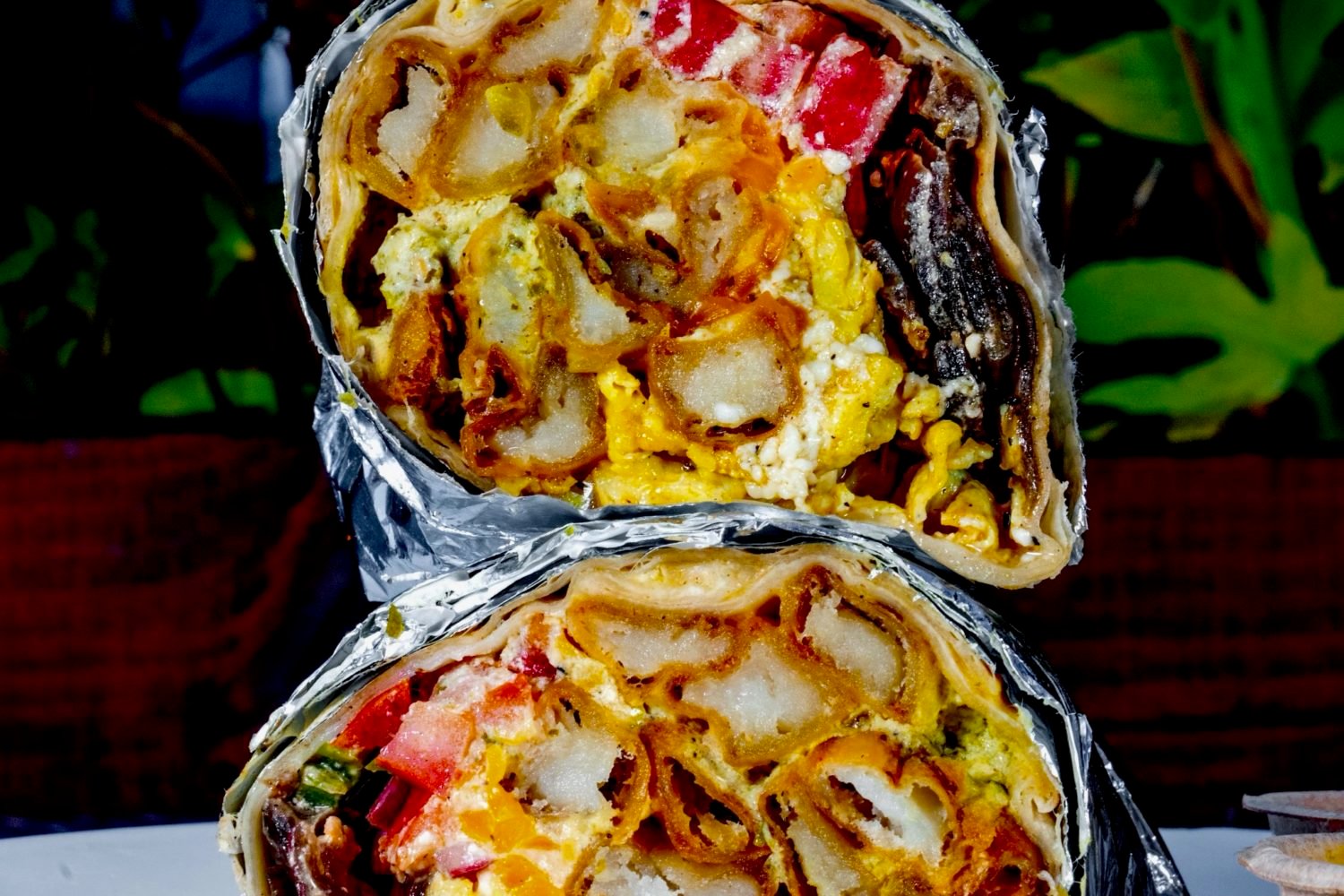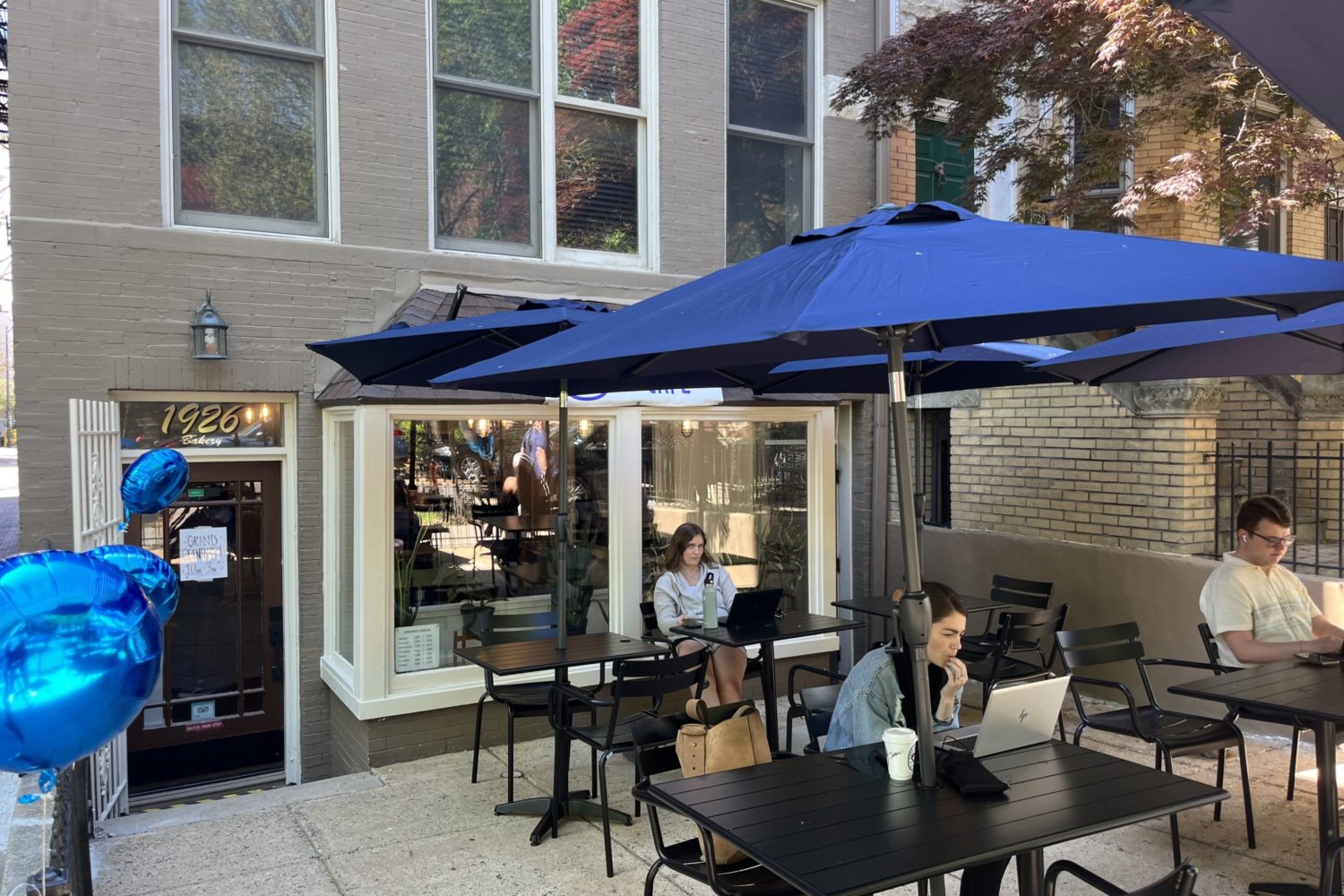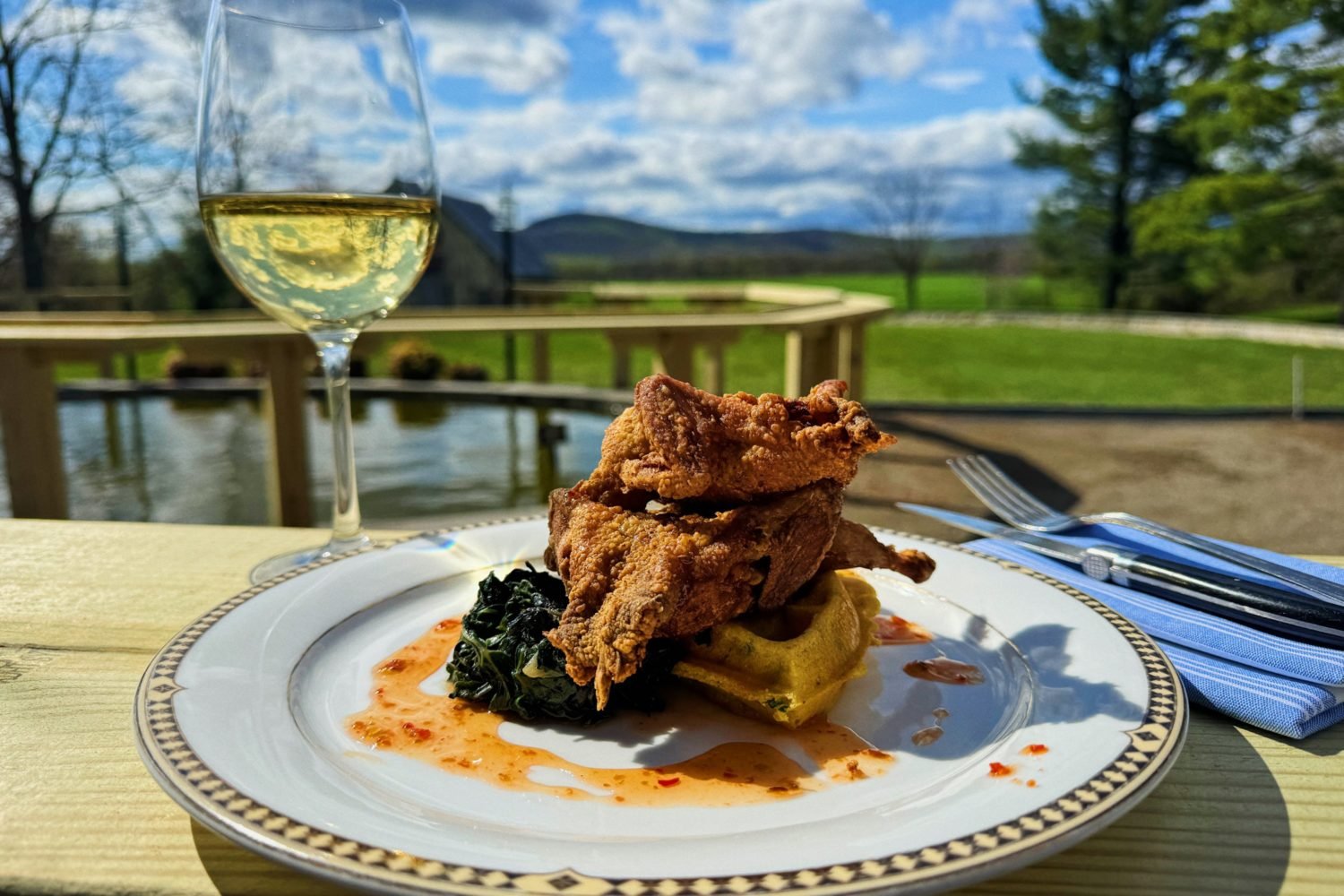When I moved to Beijing, I was initially surprised at how quiet the Chinese New Year festivities seemed. China’s biggest holiday shut down the country for a week, and most people returned to their childhood villages or towns to celebrate with family. Every night, there was the shocking crack of firecrackers (to ward off evil spirits), but every day the streets were quiet and empty. Of course, I recognized a few of the holiday’s elements from my Chinese-American childhood—such as the red envelopes stuffed with cash, which I gave to my friends’ children—but where were the parades? The lion dances? For my first few years in China, I couldn’t help but feel I was somehow missing out on the fun.
It wasn’t until my final year in China that I was invited to a party, a lunch hosted by friends. The Lunar New Year is celebrated for two weeks, and this meal marked its last day, the Lantern Festival. We gathered at noon, the sun spilling into the modest apartment. At first I felt shy, my Mandarin inadequate to keep up with the conversation about local politics. But when the food came out, we all fell silent. Gathered on the table was an assortment of dishes, all home-cooked: a whole steamed fish, a heap of noodles, and the crowning glory, a pile of dumplings.
The dishes were prepared for good luck, my hosts explained. The word for fish, yu, is a homonym for “plenty”; the long strands of noodles represent longevity; the dumplings symbolize wealth, their crescent shape resembling gold ingots. We picked up our chopsticks and dug in. As soon as one platter of boiled dumplings vanished, another appeared—and we marveled over the filling of savory pork, mixed with a secret ingredient (grated lotus root). Dumpling after dumpling disappeared until we couldn’t eat another. The display of gluttony could have rivaled Thanksgiving.
I don’t live in China anymore, but I always feel nostalgic for it around the lunar new year. I could never recreate that special dumpling meal, but as the holiday approaches I do try to slurp up a noodle or a dumpling or two (or 30). With the New Year dawning on February 14, here are some other ways to ring in the Year of the Tiger in Washington. Who couldn’t use more luck, prosperity, and good fortune in their lives?
Slurp some noodles. What could be more festive than a spicy, tingly bowl of dan dan mian at Joe’s Noodle House in Rockville? Add an order of wontons in red oil—they’re not gold-ingot-shaped dumplings, but their chili punch still feels celebratory—and you have a Szechuan feast fit for a tiger. Just remember, don’t ever cut your noodles—it’s like cutting off your life!
Down some dumplings. They’re not the traditional boiled version, but the pan-fried pork dumplings at A&J in Annandale and Rockville are a delicious substitute, with rich, meaty fillings and crisp, chewy wrappers. The humble dim sum houses also have an extensive selection of soothing soupy noodles—I’m fond of the zha cai rou si mian (shredded pork with salted radish pickle). Do-it-yourself dumpling enthusiasts should head to Rockville’s Maxim Chinese market (460 Hungerford Dr.; 301-279-0110) for dumpling wrappers and other supplies—folding dumplings together is a time-honored New Year activity. Or, if you’re short on time, buy a bag of the frozen variety.
Lions and tigers and dragons—oh, my! Usher in the Year of the Tiger by warding off evil spirits with firecrackers, lion and dragon dances, and martial-arts displays at DC’s annual Chinatown parade. While I recommend saving your Chinese-food appetite for a trip to Rockville, if you must eat in Chinatown, check out Full Kee for shrimp wontons and beef chow fun. This year’s parade is Saturday, February 21, from 2 to 5 on H Street, Northwest, between Sixth and Eighth streets.
Gorge on art. If one of your New Year’s resolutions is to cultivate your creative side, there are few better places to visit than the Freer and Sackler Galleries. Strolling through the extraordinary collection of Chinese art is like taking a tour through history, from the Neolithic metalwork to exquisite Tang Dynasty celadon ceramics and 19th- and 20th-century brush calligraphy.
Be a panda hugger. It’s not a traditional New Year’s activity, but why not swing by the National Zoo to shout a friendly “Ni hao!” to everyone’s favorite black-and-white Chinese mascots? While it may be too late to catch Tai Shan—his Washington farewell party was January 30—his panda parents are still in residence, and rumor has it that mother Mei Xiang is battling empty-nest syndrome by trying for another cub.
Ann Mah will appear at Borders (1801 K St., NW; 202-466-4999) at 6:30 on Wednesday, February 10. She'll read from her debut novel, Kitchen Chinese.
Subscribe to Washingtonian
Follow Washingtonian on Twitter
Follow the Best Bites Bloggers on Twitter at twitter.com/bestbitesblog
More>> Best Bites Blog | Food & Dining | Restaurant Finder






